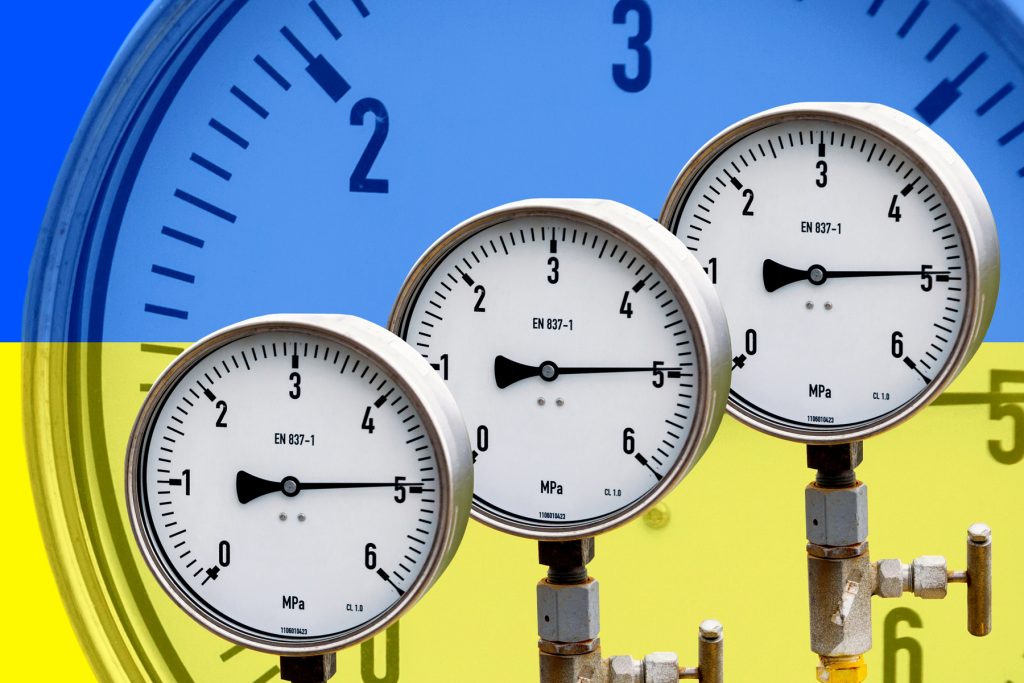
Select Page

Food processing and cooking are equated with the use of fire, or thermal processing. People have processed food using heat since the dawn of history. The thermal process gives food unique flavors via roasting and grilling and/or extended shelf-lives via pasteurization. Thermal processors such as microwave and electric ovens have now replaced cooking fires in homes.
While the effect of pressure on creatures and biological materials has been studied as a basic science since late 19th century, Physics Nobel Laureate (1946) and father of high pressure science and technology Dr. Percy W. Bridgman, first presented the phase diagram of water in 1912 and denaturation of egg white albumen in 1914. During the same year, researchers reported the relationship between high pressure treatment and microbial preservability of fruits and vegetables.
In 1987, Dr. Rikimaru Hayashi, a researcher and pioneer in food processing and packaging, proposed a brilliant method for processing food by applying the concept of high hydrostatic pressure (HHP) developed by Dr. Bridgman. He demonstrated that application of HHP on some food substances promoted gelation and denaturation of protein and produced nearly identical products to those thermally treated.
His research ignited R&D on commercial applications of HHP in the food industry. In 1990, the first HHP-processed food was launched in Japan. Thereafter, high-pressure science and technology for the fields of food and biology developed dramatically.
Pressure versus heat
When food is heated, chemical reactions are accelerated and new color and flavor components can be produced, while beneficial heat-labile components are lost. On the other hand, pressure does not accelerate chemical reactions in principle, but induces physical changes in molecules microscopically and/or macroscopically.
HHP is a nonthermal process, although adiabatic compression and decompression may raise and lower the temperature inside the vessels, respectively. Air bubbles in food pouches may be problematic since they prolong compression time, which should be minimized to reduce costs. HHP processes are more environmentally friendly than thermal ones, since they require less energy. While the effect of heat on microbial inactivation and food quality has been intensively studied, the effect of pressure, especially HHP, on food have not. In fact, equipment like the industrial HHP food processors did not even exist when Dr. Hayashi proposed the new solution. Improvement in low-temperature controls and hygienic processing for HHP food processors were studied and researched only after the 1987 paper by Dr. Hayashi.
R&D on HHP food processing
The first commercial HHP-processed food was jam, introduced in 1990 in Japan. The HHP process aims at inactivation of microbes but retention of endogenous enzymes, and thus the products were distributed and stored under refrigeration, where sublethally inactivated microbes do not grow well and the enzymes cannot act on the pectin. Since then, HHP food processing has been studied mostly for microbial control in food to retain freshness.
One of the early applications was for processing rice cakes mixed with a green herb (Japanese mugwort, Artemisia indica var. maximowiczii). Plants such as herbs are often contaminated with microbes and are thus HHP treated for enhanced safety, since heat treatment reduces their color, flavor, and nutrients.
Commercialized HHP-treated rice products feature better water impregnation of the grains, improving texture and gelatinizing rice starch. Currently, most research efforts aim at microbial control by HHP processing. However, the effects of HHP on food have also been studied from the viewpoints of safety, physical changes in components, and nutrition and functionality.
Microbial food safety
HHP food processing inactivates microbes lethally and/or sublethally while minimizing quality degradation, resulting in high-quality, safe food. In HHP-processed meat products, commercialized in 1998, microbial inactivation of lactic acid bacteria ensures longer product life. Food additives for shelf-life extension can be replaced with HHP processes, which may inactivate spoilage microbes as a secondary pasteurization method. Recently, the demand for HHP-processed beverages such as juice, smoothies, and coconut water has increased rapidly.
It is difficult to inactivate bacterial spores with commercial HHP equipment of 400–600 MPa. However, germination of bacterial spores can be induced by medium HHPs (MHHPs) of 100–200 MPa or HHP of 500–600 MPa. Once the spores germinate into vegetative cells, they can be inactivated by conventional thermal processes as well as nonspore-formers such as Escherichia coli and Listeria monocytogenes. Therefore, after spore germination is induced by MHHP, the resulting vegetative cells can be killed.
Another option is “suicidal germination”, in which MHHP induces spore germination into vegetative cells at temperatures of around 55–75°C, killing the cells upon germination. The recent development of genomics, transcriptomics, proteomics, and metabolomics may identify specific biomolecules upregulated or downregulated by HHP treatment as well as the pressure tolerance of microorganisms.
HHP treatment may induce microscopic changes in food components such as starch gelatinization, protein denaturation, and lipid-phase transition. Gelatinization, which is conventionally induced by heating starch–water mixtures, can also result when the mixtures are treated with HHP. Understanding of the pressure gelatinization and retrogradation of starch was enhanced by state diagrams of HHP-treated starch-water mixtures. Various food proteins have been studied in terms of HHP-induced physical changes. HHP also induces lipid-phase transitions.
Physical & biochemical changes in food
Macroscopic physical changes are mainly observed after MHHP treatment, such as freezing and thawing at subzero temperatures, enhanced water impregnation, extraction, and shucking of bivalves and crustaceans.
Pure water forms ice at 0°C and melts when pressurized across the phase-transition curve between ice and liquid form. The pressure-induced phase transitions of water are applied to pressure shift-thawing of tofu, and pressure-induced freeze-denaturation of agar and carrageenan gels was reported.
The soaking time of brown rice before cooking can be reduced from 12 hours to 30 min after HHP application. HHP-shucked oysters, clams, and lobsters have been commercialized for serving raw and further processing. HHP-shucked oysters are now distributed in Japan and elsewhere after rapid freezing and frozen storage and remain fresh even after 18 months.
Conventionally, high concentrations of salt are added to inhibit the microbial growth in preserved or fermented food, although salt itself inhibits enzymatic reactions and thus prolongs fermentation and maturation. Microbial growth is generally inhibited under a MHHP of 100 MPa. Based on this, novel methods were developed to produce low-sodium fish sauce or soy sauce. The MHHP-accelerated enzymatic process is also used to produce various broths and hydrolysates for food and cosmetic uses.
HHP-processed jam retains high levels of flavor compounds while inhibiting increases in unfavorable furfural during refrigeration. HHP treatment of fresh fruit and vegetables may increase vitamin and gamma-amino butyric acid levels, although the mechanism is still unclear.
The new world of food processors
MHHP of 100–200 MPa and HHP of 400–600 MPa are generally applied in food processing that primarily uses two modes of compressions: direct and indirect. The direct mode of compressions is often used in laboratory studies, in which a piston is inserted into a vessel to reduce the volume and thus raise the pressure. The indirect mode, however, is used for experimental and industrial purposes and as an exterior compression system with one or more pressure intensifiers. It helps insert the pressurized medium into the vessel for compression.
The vertical and horizontal types are commercialized for industrial use. The more recent horizontal type can hold 420 or 525 liters and is suitable for large-scale, low-cost food processing.
Though large-scale HHP food processors ideal suit the food processing industry, most food processing companies are small and medium in size and investment in technologies often becomes financially non-viable for them. This may be resolved by adopting the toll-processing system allowing the use of HHP food processors by the food processing industry SME players without capital investment in machinery.
While toll processing for HHP-processed food is increasing worldwide, further study is required for solving problems in conventional food processing, creating novel properties of high-quality, safe food meeting consumer demand, and exploring new markets.
 Yamamoto is Laboratory Head, Food Research Institute, National Agriculture and Food Research Organization (Japan). He has done extensive research on the impact of high-pressure processing on food safety and functionality, along with physical modifications of components such as starch.
Yamamoto is Laboratory Head, Food Research Institute, National Agriculture and Food Research Organization (Japan). He has done extensive research on the impact of high-pressure processing on food safety and functionality, along with physical modifications of components such as starch.